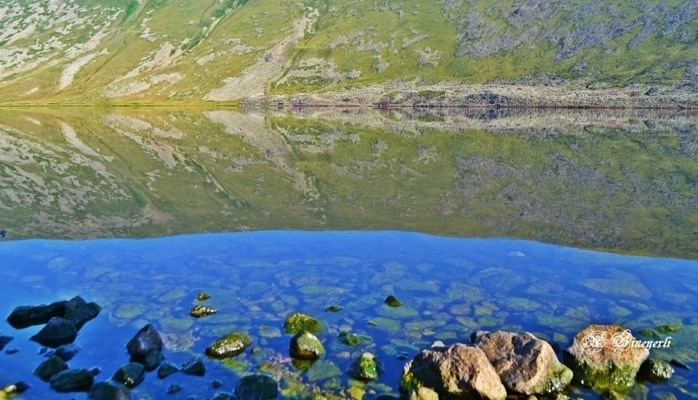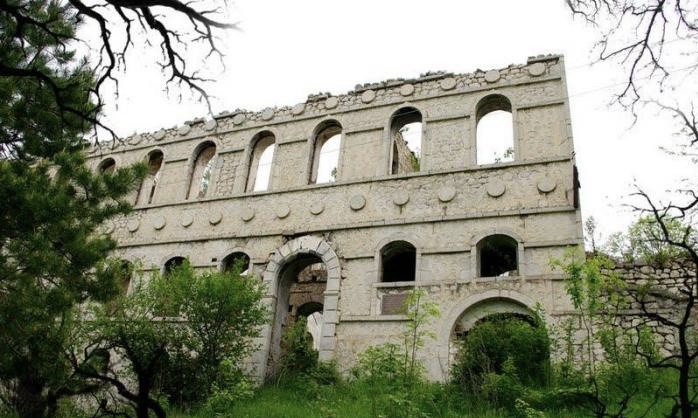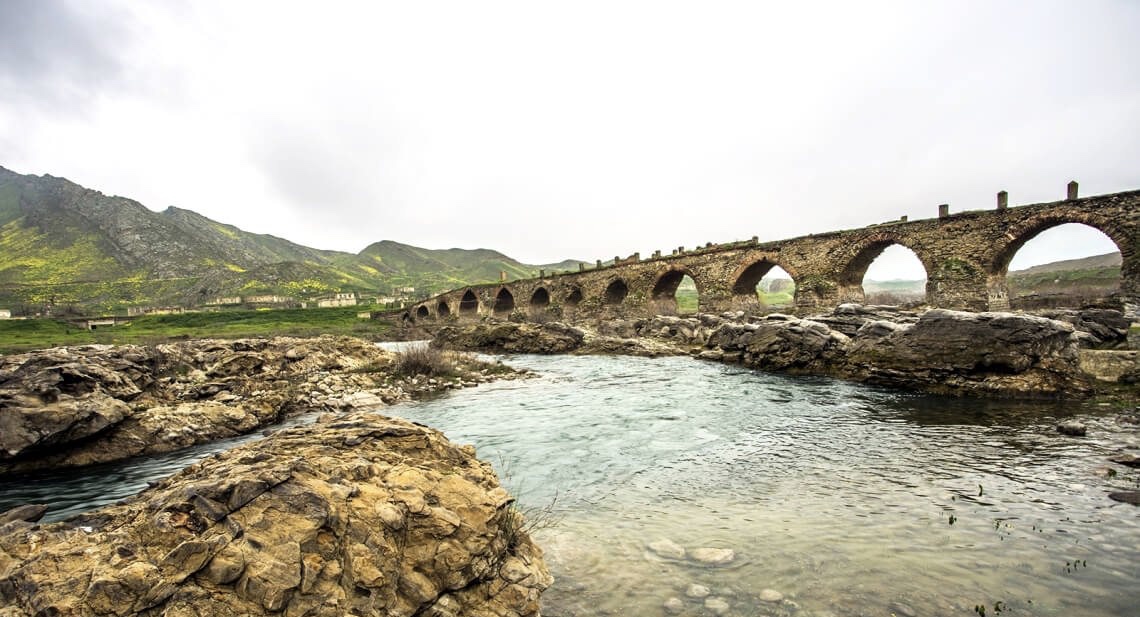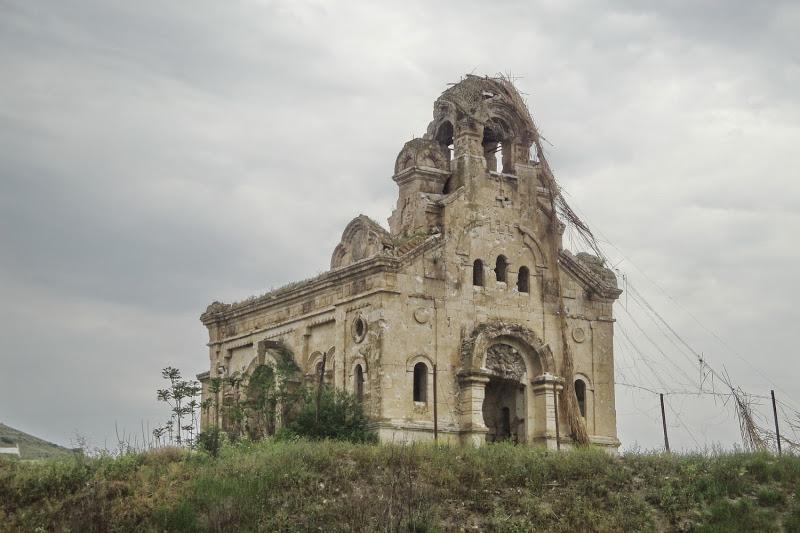






of







of







of





















Stone plastic art of the Aghdam District is very rich from the historical point of view. Its most ancient examples were revealed in 1973 in the village of Boyahmadli. It is talked about anthropomorphous (human-shaped) figures carved out of stone. Approximately 10 such figures were discovered up till the present. The height of these figures is 1-3 m. Their bodies are crudely carved, and their faces are shaped in a laconic and abstract way. These figures’ relief-carved arms are clasped to their bodies in a certain ritual position. All these signs give reasons to talk about the ritual character of these monuments. Information about the existence of this kind of monument in the territory of Azerbaijan is to be found in medieval literature, historical annals, and travelers’ notes. Investigators date the aforesaid monuments to the Early Middle Ages. There is a need to mention that analogues of these figures were discovered in the Barda district. This fact gives every reason to believe that these examples of stone plastic art relate to the common cultural tradition and the common cultural space.
Among other plastic examples are memorial tombstones. Most of them cover the period of the Late Middle Ages (16th—18th century). This type of monument includes both topical reliefs and compositions made of the unity of epigraphic inscriptions with traditional floral ornaments (Ughurlu bey’s grave, 19th century).

Qaragol Interrepublics State Reserve was set up with the decision of the Council of Ministers dated November17, 1987. Garagol State …

The idea of establishing Aghdam Bread Museum, which is considered to be the second in the world after the Zurich …

The Khurshudbanu Natavan’s House is a historical and architectural monument of the 18th century located in the city of Shusha. …

Museum Mausoleum Complex of Molla Panah Vagif is located in Shusha, Azerbaijan. It was built in honor of Molla Panah …

The Bridge belongs to the Arran architecture school. The first written source that mentioned the 15-arched Khudafarin Bridge belongs to …

Garghabazar Caravanserai was built in 1681 at the hillside, in the center of Garghabazar village of Fuzuli district, 8 km …

Armenia’s vandalism in Nagorno-Karabakh and seven surrounding regions affected not only the historical, cultural, and religious heritage of Islam but …

Jabrayil History-Ethnography Museum has been operating since 1953. Archaeological and ethnographic materials belonging to the history of the region, textiles, …

Khudavang, or Dedeveng, Monastery Complex is located in the Vang village of Kalbajar District, on the left bank of Tartar …

“The 19th century Aghdam Juma Mosque is perhaps the only structure that has withstood the years of neglect since the …